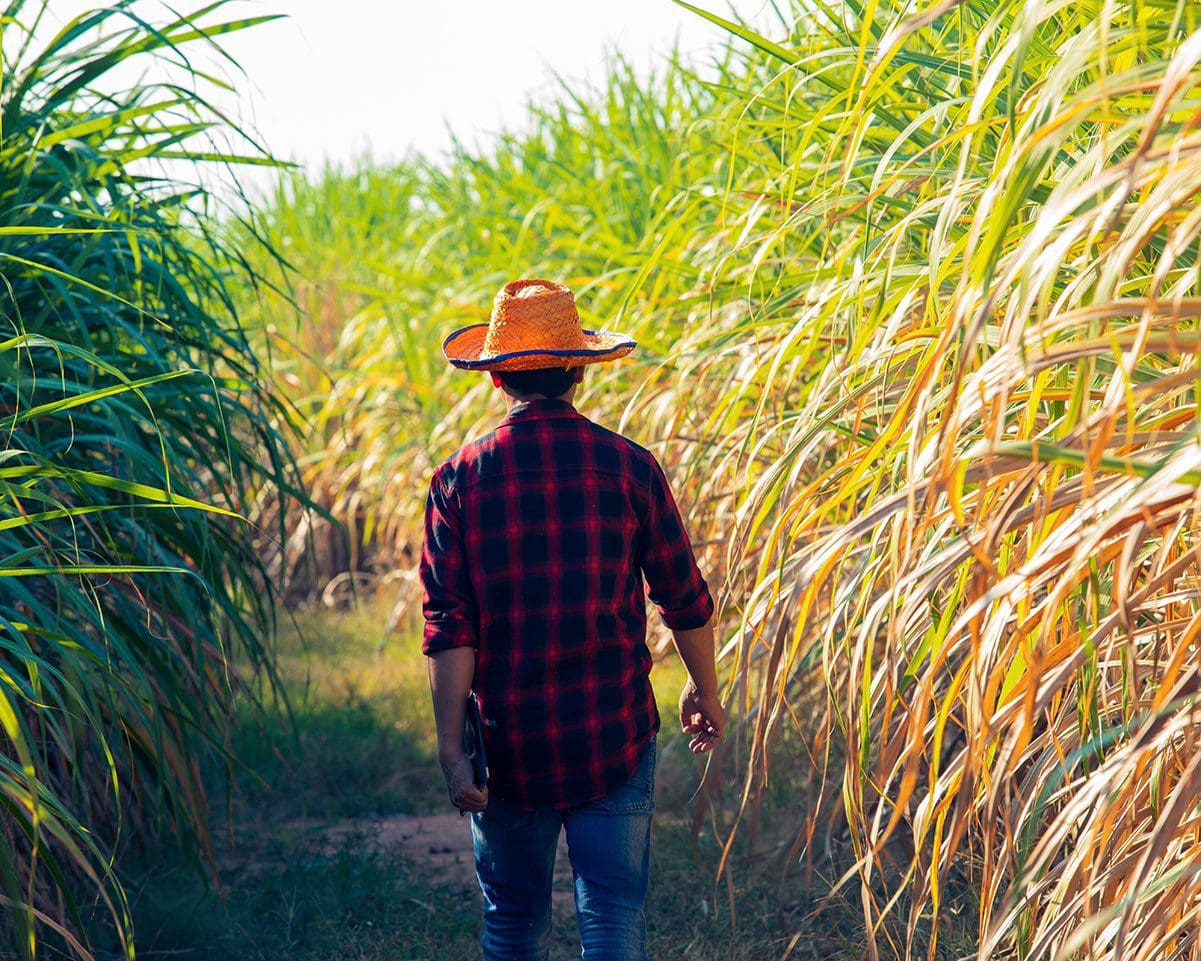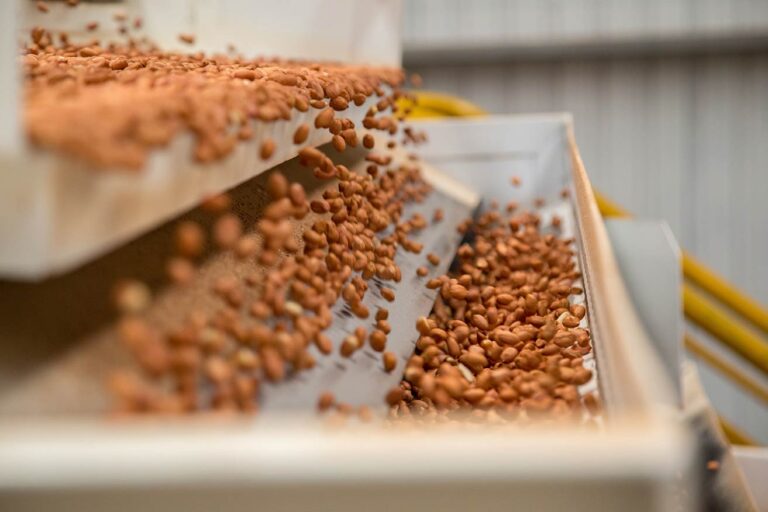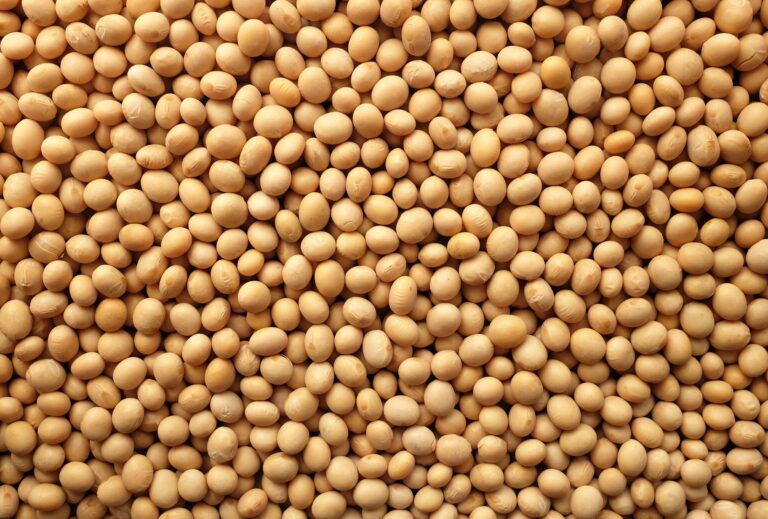Record U.S. yield projections to be investigated by crop tour
The latest World Agricultural Supply and Demand Estimates (WASDE) report from the U.S. Department of Agriculture (USDA) has estimated that the U.S. will have record yields for both corn and soybeans. The Pro Farmer Crop Tour, which has been held for over thirty years, will happen next week and market players say that they will be eagerly waiting for the results to see if it confirms the USDA’s estimates.
The USDA projected record corn and soybean yields at 183.1 and 53.2 bushels per acre, respectively. Five of the seven tour states, including major producers like Illinois, Iowa, and Indiana, are expected to set or match record corn yields.
During the tour, scouts will measure three key metrics in each corn field: ear population, grain fill length, and kernel row count. The more ears on the plant and the more kernels on the ear, the higher the yield estimate. The tour also estimates soybean potential by counting pods in a three-by-three-foot section of plants, rather than estimating yield directly. This year, the USDA predicts record soybean yields for Illinois, Indiana, and Ohio.
While the U.S. Midwest has generally seen favorable weather, areas in the western Midwest had a wet spring which could limit yields. Pro Farmer will publish a national yield estimate and select state forecasts after the tour concludes. Historically, the tour’s estimates are often lower than the USDA’s. But since the USDA’s September forecasts often revise its August predictions downward it can be a useful guide for approximating the next USDA yield estimates.
Weak demand and abundant supply add pressure on corn prices
The CBOT corn futures SEP-24 contract price [Mintec Code: CRNC] settled at USc 375/mt, down 1.11% w-o-w at yesterday’s close, August15, 2024. Corn prices have dropped to their lowest level in over 4 years this week, driven by weak demand and ample supply. The latest USDA WASDE report raised US corn production estimates to 384.7 million mt, exceeding many market expectations. Additionally, total production from key exporters such as the US, Argentina, Brazil, and Ukraine has increased by 0.7 million mt, reaching 589.9 million mt.
The USDA Crop Conditions report shows that 67% of US corn plantings remain in good to excellent condition, unchanged from last week but down by 8 percentage points compared to last year. Currently, 94% of the US corn crop has reached the silking stage, 60% is in the dough stage, and 18% is dented. Both stages are ahead of the 5-year average by 4% and 6%, respectively. Weather forecasts suggest that initial dry conditions may be partially offset by cooler temperatures across the US. However, dry soils in the eastern Corn Belt, particularly in Ohio and Indiana, are not expected to see much relief until late next week. While temperatures are set to moderate in corn-growing regions starting mid-next week, the southern Plains could face a heatwave. By late August and early September, the Midwest is likely to experience warmer-than-normal conditions with moderate rainfall.
On another note, CONAB revised the 2023/24 Brazilian corn crop to 115.65 million mt, down 0.21 million mt and 6.35 million mt lower than the USDA WASDE estimate. Also, market players report a very limited corn farmer selling in Brazil, with a particularly low volume of transactions in recent weeks. According to market players, the industry is increasingly concerned as many producers, having already purchased their inputs, are hesitant to sell their crops amid a wave of bankruptcy filings. An Expana source commented, “This hesitation to sell, even though they’ve already bought their inputs, really shows how nervous everyone in the industry is right now.”
BASF starts allocating vitamin A and E volumes to contractual customers
BASF has begun to allocate volumes to contractual customers following its declaration of force majeure on deliveries of selected vitamin A, vitamin E, and carotenoid products, as well as selected aroma ingredients, on 7 August. “We are in the process of informing customers about the product volumes they can expect to receive from our inventory, which will be allocated [fairly and reasonably] in accordance with applicable law”, BASF said in a press release on 16 August. “A detailed investigation of the incidents by experts is ongoing. At the same time, cleaning, inspection and repair of the plant has already started.”
The declaration of force majeure was necessitated by an explosion at the company’s Ludwigshafen site in Germany on 29 July. The Ludwigshafen site manufactures feed-grade vitamin A 1000 and vitamin E oil, as well as various human nutrition, animal nutrition, and cosmetic ingredients.
Potential Canadian railway strike threatens North American supply chains as Q4 bids begin
As Q4 requests for proposals (RFPs) commence in North America, the 2024 market continues to be driven more so byongoing supply chain concerns rather than demand. The recent vitamin disruption at BASF has spurred additional activity in related feed additive markets, and logistic concerns have increased with a potential Canadian rail strike looming. Canadian Labor Minister Steven MacKinnon has rejected Canadian National Railway’s request for binding arbitration in its labor dispute with the Teamsters union, urging both parties to negotiate in good faith. Talks between CN Railway, Canadian Pacific Kansas City, and the Teamsters are deadlocked, with each side blaming the other. If no agreement is reached, both rail companies plan to lock out workers on 22 August, while the union is prepared to strike.
At the start of the Q3 bid cycle, North American buyers and sellers were already dealing with supply chain disruptions due to global conflicts, Red Sea missile attacks, and talks of potential labor unrest in the US and Canada. Despite these challenges, improvements at the Panama Canal and fewer bottlenecks at West Coast ports offered some optimism. However, high freight costs and weak consumer sentiment have led some importers to reduce the volumes they would typically bring into the US spot market. Logistics issues persist into August with the potential strike of 11,000 Canadian National Railway (CNR) union workers. “We are unsure what the potential CNR 11,000 union worker strike will mean if it takes place”, a US Distributor said. “It could cause some port congestion on the USA northern ports to move goods west to south and then truck into Canada”.
In addition to potential issues in Canada, several importers in the US bring vitamins and amino acids from China into Vancouver, Canada and then bring these feed additives by rail into the US Midwest. In preparation for a potential shutdown, Norfolk Southern Railway, CN, and Canadian Pacific Kansas City have already issued embargoes on certain hazardous materials. The two main Canadian railways have begun halting shipments and may lock out 9,300 workers if no agreement is reached, potentially disrupting supply chains and halting freight traffic. Meanwhile, feed additive buyers in North America have kept minimal inventories and reverted to a hand-to-mouth purchasing strategy in 2024 amid demand uncertainty, high interest rates, and high freight costs.
Skretting shuts down Utah aqua feed plant
Skretting, the aquaculture business line of Nutreco, has shut down operations at its Tooele, Utah aqua feed plant due to unfavorable market conditions. The decision has been effective since 1 July. The plant manufactured shrimp and aquaculture feed. The company still operates an aqua feed plant in Salt Lake City. Trevor Stanley, Managing Director at Skretting North America, told Feedinfo by Expana “Skretting has taken decisive actions to successfully navigate the current market conditions in Western North America which has seen a flat USA market and 40% reduction in the British Columbia salmon aquaculture industry since 2020.”
Boris Ampuero, Seafood Market Reporter at Expana states, the decision to close the US Skretting feed plant may be influenced by the Canadian government’s plan to transition from net-pen salmon farms to alternative farming methods by 2029.
Additionally, the gradual reduction in the number of salmon farms has led to a decline in demand for aquafeed in recent years. In 2023, the Canadian salmon harvest reached its lowest value in 20 years, following an upward trend until 2016. This decline may be attributed to the Canadian government’s decision not to renew licenses for 19 farms in 2020. The demand for aquafeed depends on production volume and the feed conversion ratio (FCR), which accounts for the total feed required to produce 1 kg of salmon. According to Skretting, on average, 1.2-1.5 kg of feed is needed to obtain 1 kg of Atlantic salmon body weight. The reduction in Atlantic salmon production in Canada from 148,000 tonnes in 2016 to 90,000 tonnes in 2023 caused a decrease in demand for salmon feed by 78,300 tonnes, prompting aquafeed companies like Skretting to scale back operations in Canada.
“This decision (the closure) focuses on optimizing our operational footprint and production capacity utilization across North America, reallocating resources to operate as efficiently as possible … Skretting remains open to investing in future production capacity within North America,” said Stanley.
In 2023, Skretting produced 3 million tonnes of fish and shrimp and currently has operations in Australia, Canada, Chile, China, Ecuador, Egypt, France, Honduras (JV), Italy, India, Japan, Norway, Nigeria, Turkey, Spain, USA, Vietnam, according to the company.
For further insights, please watch our most recent oilseeds webinar.



